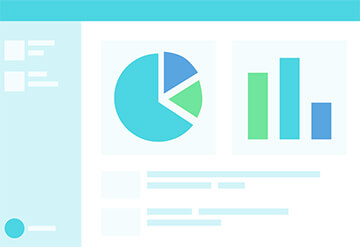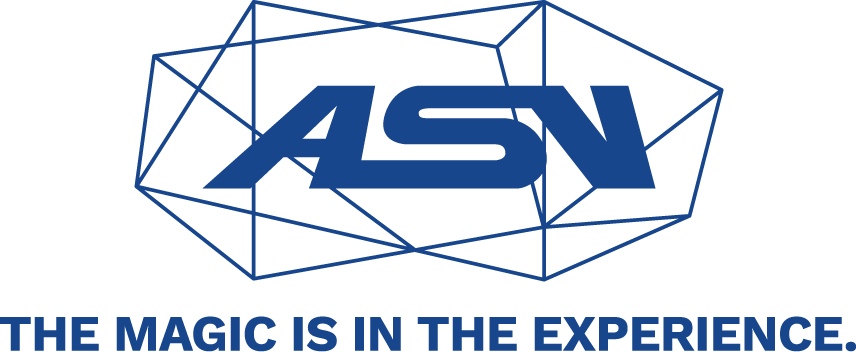[Article links updated. Originally published on Apr 19, 2019.]
When a customer prepares to purchase, there’s more than price or convenience on their minds — they’re debating whether they want to fully commit to your brand. The more positive feelings a customer associates with your brand, the more likely that purchase will come to fruition.
According to a Forrester Consulting study commissioned by Qualtrics in 2021, a minority (39%) of business decision-makers believed their brand resonated with their intended audiences. As such, 70% of leaders were leaning into “brand experience management” to improve overall brand awareness and differentiation in the quest for loyal customers.
Experiential marketing campaigns give customers the up-close-and-personal brand experiences they crave; they build an immediate connection with audiences that traditional marketing efforts cannot always achieve.

But how can experiential teams measure a moment of connection? How can marketers know what works, what doesn’t, and what is a worthwhile endeavor? Traditional marketing metrics are quantifiable and time-tested, and there are ways that you can apply them to experiential campaigns. Here are those metrics:
1. Awareness
Awareness measurements are pretty straightforward. Event producers provide numbers such as attendees per event or per entrance/exit locations. These figures can specifically help determine awareness numbers for each sponsor.
Are you trying to gauge how familiar consumers or potential consumers are with your product? Awareness metrics can quantify market traction and help campaigns significantly influence future sales.
2. Engagement Activation
How did people interact with your display? Did you offer at least one activation at your booth that allowed people to share personally identifiable information, such as a simple business reply card or entering a raffle? The more the better, in fact.
You can even gamify activations. At the U.S. Golf Association’s Men’s Golf Championships, we asked attendees to visit assorted vehicles on the course that were sponsored by an automotive brand. Then, when they returned to the main activation area, they continued engaging with that brand to qualify for giveaways.Your selected activation doesn’t need to be complicated. As long as you’re using it to your advantage and making it easy for attendees to complete, it should effectively engage your customers.
3. Generated Leads
The most direct measure of ROI typically is lead generation, which translates to intent to purchase. Collecting intent along with personally identifiable information makes your leads as actionable as possible. Pass off those leads to your sales team as quickly as possible so they can strike while the iron is hot.
Keep your event leads separate from leads generated via other techniques. This shows you whether experiences with your company made customers more likely to buy from your brand.
Experiential marketing benefits are clear as day, underscoring the need for brands to invest in creating positive experiences and interactions with their customers. That said, plenty of companies get hung up on the tracking side of things.
Continue to improve your events and experiences based on the metrics covered above. You’ll maximize conversions and create a brand experience that will carry your customers toward interactions that will remain with them long after your experiential campaign has ended.







